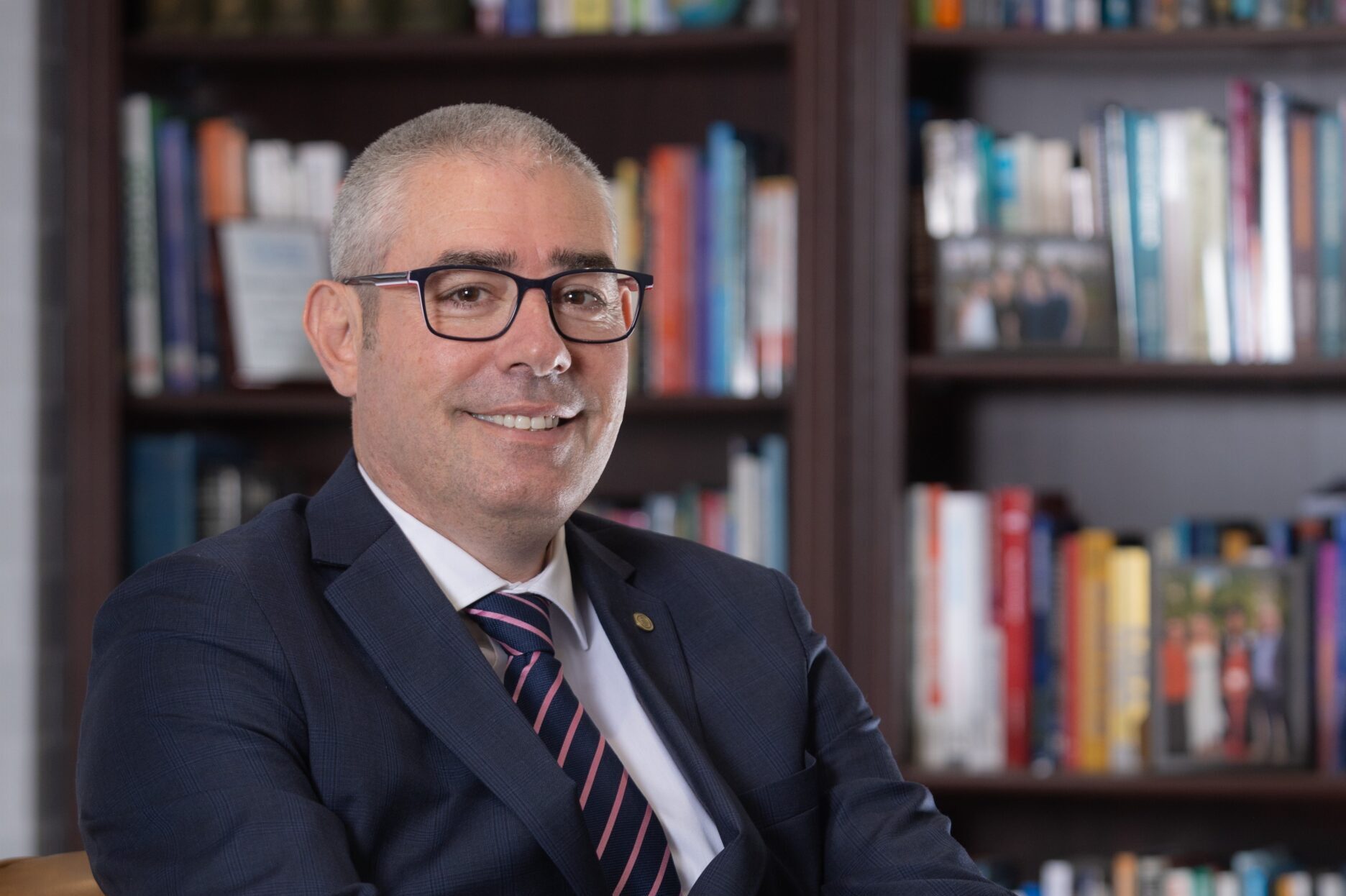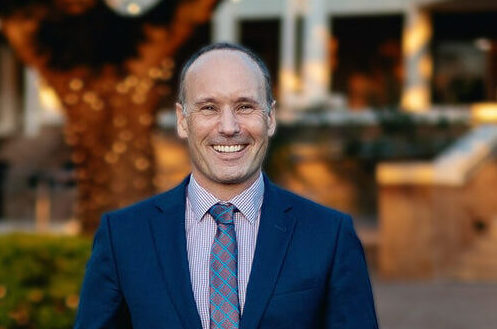My husband and I are caretakers in a historical sense of a 167 year old, heritage listed small farm in the Macedon Ranges. Apparently gardens have a life cycle over 100 years, and so recently, we found ourselves starting again with planting trees and reimagining the garden spaces. When visiting a mature tree nursery, I was struck by how challenging it was to select the right group of trees and the similarities to the work I do in educational executive search, assisting Boards and Schools to select the right Principals or senior leaders. There is an art to creating a landscape, one tree at a time and to ensuring the conditions are right for each individual tree, to enable them to flourish and grow.
My research and preparation into seeking the right fit for our environment involved canvassing the opinions of the stakeholders involved in this project. Family members, colleagues, experts in garden design and landscaping, all of whom provided important insights into the context of the park-like garden we wished to create. Questions abounded: What shape should the trees be? How tall with they grow? What nutrients do they need? How resilient are they? What maturity do they have? What support will be required to allow them to reach their potential?
When grouped together, how will they work together? Which tree will colour first? How will they fit into the larger landscape surrounded by the mature cypress wind breakers planted in another era. The art of companion planting is a lot like considering the strengths and growth edges for Principals and how they will fit with a senior leadership team and wider community.
It struck me that many search and recruitment firms who do not specifically have an educational background utilise a mass planting model versus the bespoke planting design.
Mass planting fills a space easily and creates a uniform result or crop. Predictable, easy and requires little interaction with the plants or the environment. In fact machines block plant our farms every day. Mostly the match of plant to soil will initially look alright. Surely a list of trees suitable for one site is equally transferrable to another site? After all they are all the same aren’t they? The experienced garden curator knows differently.
However, bespoke planting requires thought, understanding and appreciation for the uniqueness of each plant, the environment and the overall relationship between the plants. Individual planting means we get our hands into the soil and respond to the uniqueness to the benefit of all. In an educational executive search sense, to provide the best fit of leader to a school, you need to have a deep understanding of the history and current context of the school, pedagogical framework, approaches to wellbeing, culture and beliefs, and appetite from all stakeholders for risk and innovation with a knowledge of challenges and opportunities for the future of education.
With acres of land to populate with trees, it would be easy to block plant for a quick result, but the end result would not make the most of the land, the environment or the plants that we choose.
Our leaders deserve the right conditions to lead and thrive with courage, confidence and support. I avidly watch our group of seven mature trees, encouraged by their willingness to face wind, hail and extreme weather to provide the shade and anchor for generations to come.
Fiona Hutton is the Director of Hutton Consulting Australia, a national educational executive search firm based in Melbourne and Adelaide.

Recent Posts
LEADREAD 2: Executive Functions Conceptual Framework and Relevance for Education

Leading and Learning: Insights from Principals

Leading & Learning: Insights from Principals

LEADREAD 1: Portrait of a Leader

Leading & Learning: Insights from Principals
